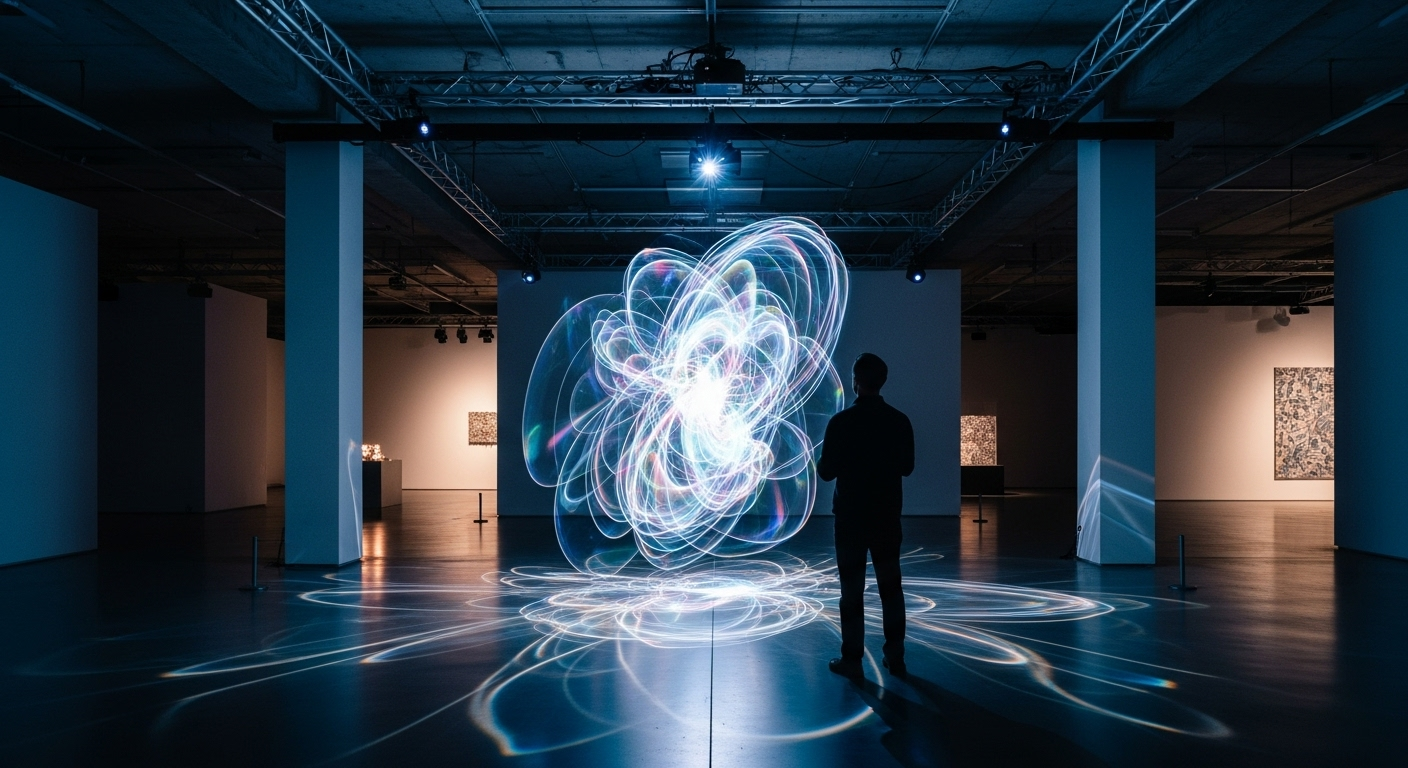Neon Renaissance: The Glowing Rebirth of Luminous Art
In the ever-evolving landscape of contemporary art, a radiant resurgence is illuminating galleries, cityscapes, and social media feeds alike. Neon art, once relegated to the realm of retro signage and dive bar aesthetics, has reemerged as a powerful medium for artistic expression in the 21st century. This vibrant renaissance is captivating audiences worldwide, blending nostalgia with cutting-edge creativity to produce works that are as thought-provoking as they are visually stunning.

From Commercial Decline to Artistic Revival
As LED technology began to replace neon in commercial applications during the late 20th century, many predicted the demise of neon. However, this decline in commercial use coincided with a growing interest among artists who recognized neon’s unique potential for creative expression. The medium’s ability to sculpt light itself, creating fluid, glowing forms, appealed to artists seeking new ways to explore color, space, and meaning.
Luminous Pioneers: Trailblazers of the Neon Art Movement
Several key artists have been instrumental in elevating neon from commercial signage to high art. Bruce Nauman, known for his provocative text-based neon works, began experimenting with the medium in the 1960s, challenging viewers with pieces that blended humor, politics, and language. Tracey Emin’s confessional neon sculptures, often featuring handwritten-style text, have become iconic in contemporary art circles, blurring the lines between personal narrative and public display.
The Digital Age: Neon in the Era of Social Media
The rise of social media has played a significant role in neon art’s recent surge in popularity. The medium’s inherent “Instagrammability” – its vibrant colors and striking visual impact – has made neon works highly shareable, exposing them to wider audiences than ever before. This digital visibility has not only increased appreciation for neon art but has also inspired a new generation of artists to experiment with the medium.
Beyond the Glow: Neon’s Environmental and Technological Evolution
As environmental concerns grow, neon artists are adapting their practices to align with sustainability goals. Many are exploring eco-friendly alternatives that mimic neon’s aesthetic while reducing energy consumption. LED neon, which uses flexible LED strips encased in silicone tubing, offers a more sustainable option that maintains the look of traditional neon. This technological evolution is allowing artists to push the boundaries of what’s possible with luminous art, creating larger, more complex installations with reduced environmental impact.
The Future Shines Bright: Neon’s Continued Relevance in Art
As we look to the future, neon art shows no signs of dimming. Its ability to evoke emotion, create atmosphere, and challenge perceptions ensures its continued relevance in the art world. From gallery installations to public art projects, neon is illuminating new paths for artistic expression. The medium’s versatility allows it to comment on contemporary issues, explore personal narratives, and transform spaces in ways that few other mediums can match.
In conclusion, the neon renaissance represents more than just a trend in the art world. It symbolizes the enduring power of light as a medium for creative expression and the ability of artists to reinvent and repurpose technologies of the past. As neon continues to evolve, blending traditional techniques with modern innovations, it promises to remain a brilliant fixture in the landscape of contemporary art, casting its glow far into the future.




